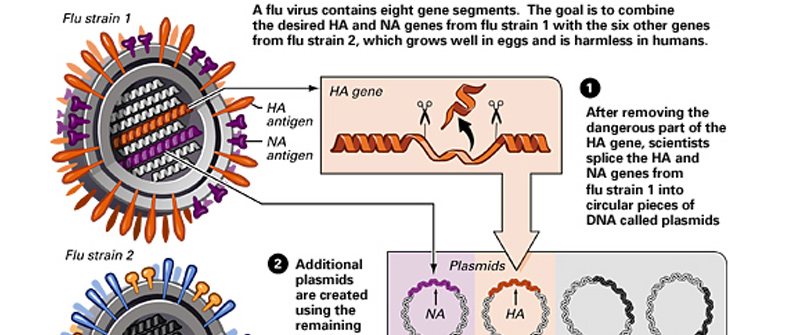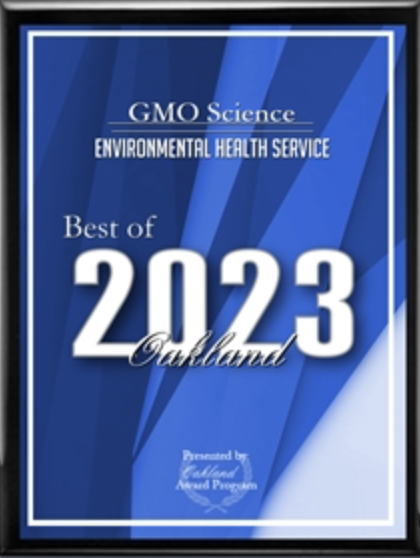Since the discovery of the structure of DNA and of the fact that one could engineer bacteria, plants, and animals using “recombinant” techniques to express genes moved from other organisms, much of biology and genetics research has been transformed. This remarkable technology has attracted billions in investment by private companies and confronted society with exciting new therapies and technologies, but also a host of new challenges in identifying and managing risks and benefits as well as unforeseen costs.
In medicine, there are many powerful uses of this technology. The first commercially significant application was in making the hormone insulin, used to treat patients with diabetes. When insulin was first discovered, it was extracted from the pancreas of dogs, and then pigs. Later, E. coli bacteria were genetically engineered (GE) to express genes that produce human insulin, thus producing the medication called Humulin (“human insulin”), introduced in 1984. It quickly replaced pig-derived insulin for nearly all insulin-requiring diabetics.
A few years later, the first GE growth hormone was approved and became commercially available to treat children born with congenital dwarfism. This genetic disease was previously addressed via treatment with a growth hormone extracted from the pituitary glands in the brains of human cadavers, a process that was not just costly, but also sometimes risky. Indeed, in the early 1980s, three cases of deadly Creutzfeldt-Jacob disease were reported in individuals receiving human growth hormone from cadavers. Unfortunately, the extracted growth hormone transferred this “mad cow” like disease to the treated individuals. This accelerated the development and approval of the recombinant form of human growth hormone, which became available in 1985 and has saved many lives.
From these beginnings, products manufactured by bacteria engineered to express certain genes have spread far and wide into our daily lives. Several additional medications are produced in this way, including antibiotics, antitumor agents, monoclonal antibodies, cholesterol lowering drugs, and shikimic acid, the starting point for the manufacture of the anti-influenza drug oseltamivir (Tamiflu®). Scores of vitamins, supplements, and nutrients are also produced by GE bacteria, including biotin, riboflavin, vitamin C, many amino acids, lycopene, zeaxanthin, and glucosamine.
Recombinant technology is also used to produce the mammalian cells that manufacture polio and other vaccines, as well as many biopharmaceuticals used in research and in diagnosis tests for certain diseases. These include interleukin 2 and beta interferon, as well as human immunodeficiency virus (HIV) proteins used in HIV antibody detection tests. Finally, it is used in the manufacture of many enzymes used in the detergent, food, and starch processing industries. Others serve as surfactants in skin care products, contact lens solutions, and food emulsifiers.
For over two decades, many new insights in biochemistry and physiology have emerged from research on animals whose genome has been manipulated using the tools of genetic engineering. Certain genes can be silenced (or “knocked out”) to better understand their biological function and importance. The technology certainly has limitations – in that silencing a single gene, for instance, says little about the way this gene may interact with other genes – but it certainly allows us to form hypotheses that can later be tested in different ways.
Thus, the potential of recombinant technology in the biomedical field seems virtually limitless, both in gaining deeper insights into the causes of disease and in developing novel treatments for many diseases. But like all technology, its value to society as a whole will be determined by how wisely, when, and how its power is tapped.
© 2015 GMO Science. All Rights Reserved
References
Adrio J-L, Demain AL. Recombinant organisms for production of industrial products. Bioengineered Bugs. 2010;1(2):116-131.
Koller BH, Smithies O. Altering Genes in Animals by Gene Targeting Annual Review of Immunology. 1992(10): 705-730.



